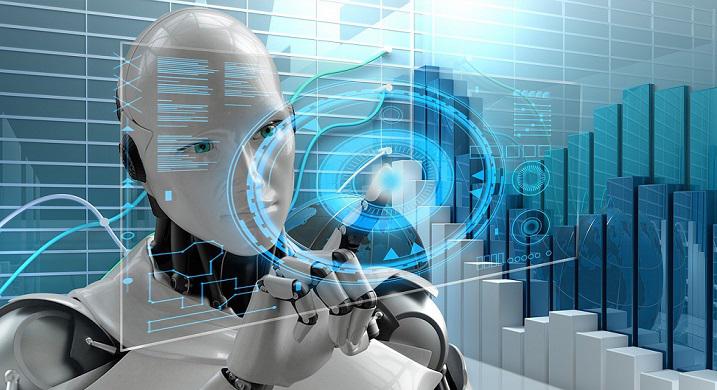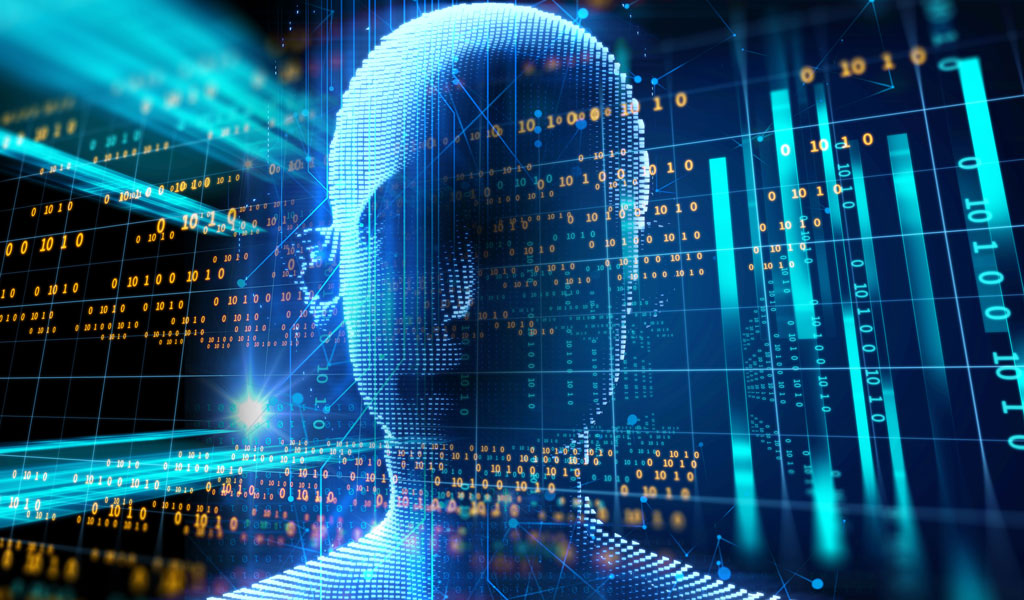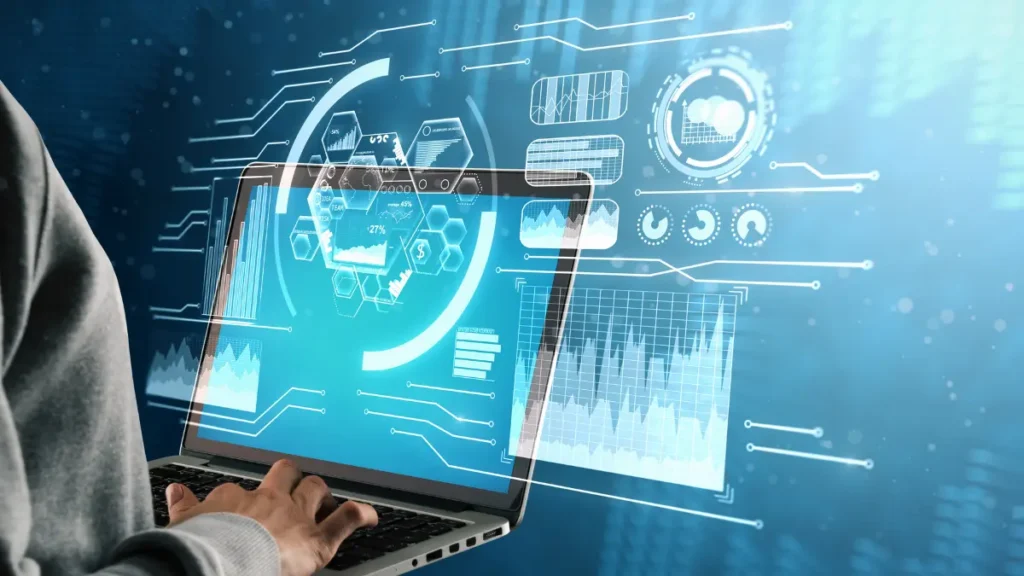The Intersection of Robotics and AI Techniques: Building Smarter Machines
In the fast-paced world of technology, the convergence of Robotics and AI techniques has paved the way for the creation of smarter and more efficient machines. This dynamic synergy is reshaping industries, enhancing daily life, and pushing the boundaries of what we thought possible. In this article, we’ll delve into the fascinating intersection of Robotics and AI techniques, exploring how these two realms collaborate to build machines that not only perform tasks but do so with a level of intelligence that is truly remarkable.
Table of Contents
Understanding Robotics and AI Techniques
Before we dive into the amalgamation of Robotics and AI techniques, let’s first grasp the basics of each.

Robotics:
At its core, robotics involves the design, construction, and operation of robots. Robots are physical entities programmed to carry out specific tasks, ranging from manufacturing processes to complex surgeries. They can be controlled by humans or operate autonomously, depending on their design and purpose.
AI Techniques:
Artificial Intelligence (AI) is the intelligence exhibited by machines, allowing them to mimic human cognitive functions such as learning, problem-solving, and decision-making. AI techniques encompass a variety of methods, including machine learning, natural language processing, and computer vision.
The Synergy Begins: Integrating AI Techniques into Robotics

Machine Learning in Robotics: Teaching Machines to Learn
One of the key AI techniques making waves in robotics is machine learning. In the realm of robotics, machine learning involves the development of algorithms that enable robots to learn from data and improve their performance over time. For instance, a robot on a factory floor can learn to optimize its movements based on real-time data, increasing efficiency and minimizing errors.
Computer Vision: Enabling Robots to See and Understand
Computer vision, another facet of AI, allows machines to interpret and make decisions based on visual data. In robotics, this translates to equipping machines with the ability to ‘see’ and comprehend their surroundings. Robots with advanced computer vision can navigate through complex environments, identify objects, and even recognize human gestures, making them more adaptable and user-friendly.
Natural Language Processing: Bridging the Communication Gap
Imagine having a conversation with your household robot, instructing it on tasks using natural language. This is where natural language processing (NLP), a subset of AI, comes into play. By integrating NLP into robotics, machines can understand and respond to human language, opening up new possibilities for intuitive human-robot interaction. This is particularly valuable in scenarios where verbal communication is crucial, such as in healthcare or home automation.
Real-World Applications: Transformative Impact

Healthcare: Precision in Surgery and Care
The integration of AI techniques into robotic systems has revolutionized the field of healthcare. Surgical robots, guided by machine learning algorithms, can perform intricate procedures with unmatched precision. Additionally, AI-powered robotic assistants are employed in patient care, monitoring vital signs, and providing timely assistance.
Manufacturing: The Rise of Smart Factories
In the realm of manufacturing, the marriage of robotics and AI techniques has given birth to smart factories. Robots equipped with machine learning algorithms can adapt to changing production demands, optimize workflows, and detect defects in real time. This not only improves efficiency but also enhances the overall quality of manufactured goods.
Home Automation: Robotic Companions and Helpers
Advancements in AI-driven robotics are making their way into our homes, simplifying daily tasks and providing companionship. From robotic vacuum cleaners utilizing computer vision to navigate through living spaces to AI-powered social robots capable of engaging in conversations, the integration of robotics and AI is transforming our homes into smarter and more interactive environments.
Challenges and Ethical Considerations

Job Displacement: Navigating the Workforce Landscape
As machines become more intelligent and capable, concerns about job displacement arise. While AI-driven robotics can streamline processes and boost productivity, it’s essential to address the potential impact on employment. Striking a balance between automation and job creation is crucial to ensure a harmonious transition in the workforce.
Ethical AI: Ensuring Responsible Development
The development of intelligent machines also brings ethical considerations to the forefront. As AI techniques continue to advance, it is imperative to establish ethical guidelines to govern their use. This includes addressing issues related to privacy, bias in algorithms, and the potential misuse of AI-driven robotics.
Future Prospects: The Road Ahead
The intersection of robotics and AI techniques is an ever-evolving landscape with boundless possibilities. Looking ahead, several exciting developments are on the horizon:
AI-Enhanced Human Augmentation: Collaborative Partnerships
The future may see an increased collaboration between humans and AI-enhanced robotic systems. This could lead to innovative solutions in fields such as rehabilitation, where robotic exoskeletons powered by AI assist individuals with mobility impairments, enabling them to regain independence.
Swarm Robotics: Collective Intelligence in Action
Swarm robotics involves the coordination of multiple robots working collaboratively to accomplish tasks. By leveraging AI techniques, swarm robotics can achieve collective intelligence, enabling groups of robots to adapt and respond to dynamic environments more effectively. This has promising applications in areas such as search and rescue missions and environmental monitoring.
Conclusion
As we stand at the crossroads of robotics and AI techniques, the potential for creating smarter machines is vast and transformative. The synergy between these two realms is shaping the future of technology, offering solutions to complex challenges and enhancing various aspects of our lives. However, it is crucial to navigate this evolving landscape with a keen awareness of ethical considerations and a commitment to responsible development. By doing so, we can unlock the full potential of intelligent machines, ushering in an era where the collaboration between humans and robots is harmonious and beneficial for all.

